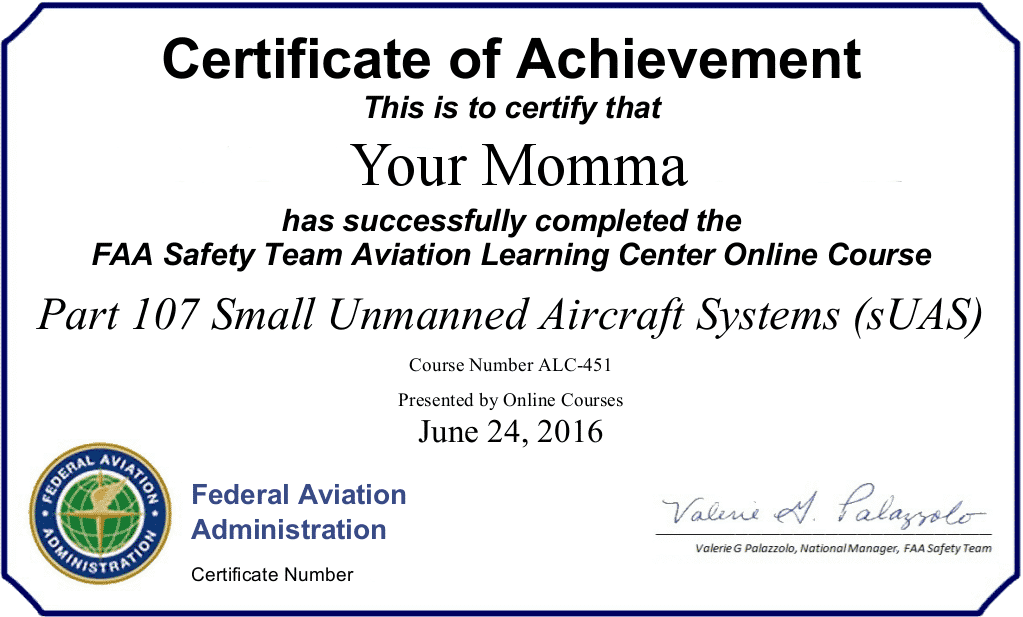
Major Provisions of Part 107 Part 107 Operational Limitations: So if you don’t fall into one of those drone operations, then you would be eligible for Part 107 drone operations. See my article on the major problems with drone package delivery. Drone package delivery would fall under this. These are Part 135 or Part 121 air carriers.

Model aircraft that satisfy all of the criteria specified by 49 U.S.C.While many might think all drone operations operate under part 107, there are some operations that do not. 4 Actual Text of Part 107 with Guidance Material.The FAA wants to regulate by regulation, not by granting waivers. The FAA released Part 107 on Tuesday, Jbut was later amended on Januto allow for night flying and flying over people without waivers. Drone Regulations Guide here which talks about other drone regulations. There are many other laws that could apply. It isn’t like your “little world” where all regulations that could apply to your flight reside in this one location. Moreover, Part 107 is not the only regulation that could apply to your flight. They have different tools in their toolbox. For example, government drone operators can fly as civil aircraft under Part 107 or fly as public aircraft under Part 91.


On top of that, some operators have options and can operate under different regulatory options. Some operations are ineligible from operating under Part 107 and some Part 107 operations can operate under Part 107 but also need waivers or exemptions to fix certain regulatory problems. However, Part 107, by itself, is not a complete fix for all drone operations. The FAA’s Part 107 provides regulations for the (1) issuance of a remote pilot certificate as well as (2) operating rules for drone operators such as will be line of sight, under 55 pounds, less than 100 MPH, and below 400ft. Are you trying to learn about the Federal Aviation Administration’s Part 107 drone regulations (sometimes called the small unmanned aircraft rule) so you can fly your drone? If so, this article is for you.


 0 kommentar(er)
0 kommentar(er)
